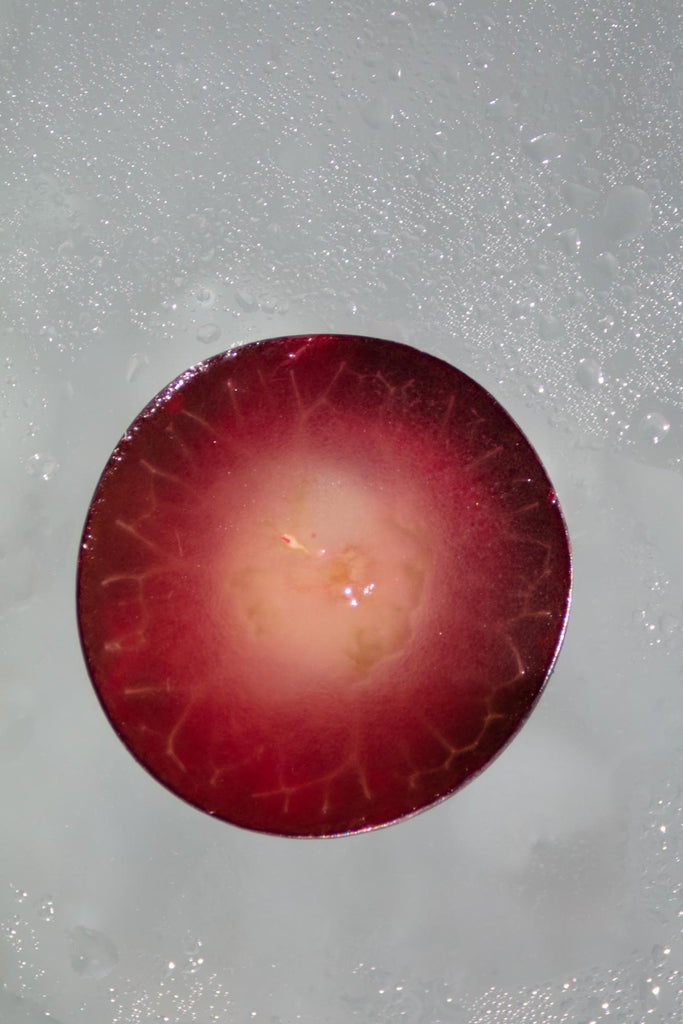Your cart looks a little empty!
Continue Shopping
Pinot Noir Wine: How This Sweet Red Rules The World
McKenzie Hagan |
Long before Paul Giamatti's character extolled the virtues of Pinot Noir (and disparaged the merits of Merlot) in 2004's Oscar-winning movie "Sideways," this precious and petulant varietal was making wine drinkers swoon around the world.
But there's more to Pinot Noir than you might realize. (For instance, it's not just for red wine.) In this guide, you'll learn more about this favorite, including where it's grown, what it tastes like, and how it's made. You'll also get some helpful tips for enjoying Pinot Noir whether you're sipping solo at home or planning a fun wine tasting party with friends.
Understanding the Delights of Pinot Noir: What is Pinot Noir?
Named after the French words for "pine" and "black," Pinot Noir comes from a black-skinned grape of the same name. Although best known for making red wine, Pinot Noir is one of the few red wine grapes that also produce white wines, rosés, and sparkling wines like Champagne. (Fun fact: Pinot Gris and Pinot Blanc are mutations of the Pinot Noir grape, so it's all in the family.)
Despite its common association with red wines, the question often arises: Is Pinot Noir red or white? The simple answer is that it's typically a red wine, but the grape itself is used to produce a range of wines, including white wines and rosés.
Hailing from the Burgundy region of France, Pinot Noir is one of the country's oldest wine grapes — it was cultivated by monks more than a hundred years ago. Today, it's grown around the world, particularly in areas with cool climates.
A few notable Old World wine regions where Pinot Noir is prevalent are Italy, Austria, Germany, and Switzerland. Meanwhile, New World regions span across Australia, New Zealand, Chile, and the United States, including Oregon's Willamette Valley and California's Central Coast (Monterey and Santa Barbara) and Sonoma County (Russian River Valley and the Sonoma Coast).
As much as Pinot Noir is esteemed, it's not so easy to cultivate. Unlike that other incredibly popular red wine grape variety that can thrive in just about any climate, (Cabernet Sauvignon, we're talking about you), Pinot Noir is unapologetically difficult.
With its thin skin, sensitivity to wind and frost, and crowded pine cone-shaped clusters, it's a high-maintenance grape that's a bit unpredictable and needs things to be a certain way. (Sort of like some people you might know.) As such, this finicky varietal tends to be on the pricier side.
A Taste Test: Is Pinot Noir Dry?
Flavors can differ depending on where the grapes are grown and the exact winemaking process. But overall, Pinot Noir tends to have bright fruit flavors of black cherry, red cherry, blackberry, raspberries, strawberries, and other red fruit.
To answer a popular query, is Pinot Noir sweet or dry? Pinot Noir is generally a dry wine. The process of fermentation typically goes uninterrupted to ensure the sugar in the grapes fully converts to alcohol, resulting in a drier wine with a lower sugar content. However, for those in search of sweet red wine brands, there are other delightful options available that cater to a preference for sweeter flavor profiles.
To answer a popular query, is Pinot Noir sweet or dry? Pinot Noir is generally a dry wine. The process of fermentation typically goes uninterrupted to ensure the sugar in the grapes fully converts to alcohol, resulting in a drier wine with a lower sugar content.
Pinot Noir is almost always a dry wine and tends to be medium-bodied with low tannins and palpable acidity. As far as alcohol content, it ranges from 11%-14% ABV, which is comparable to the United States standard for an average glass of wine (12% ABV).
Crafting the Magic: How is Pinot Noir Wine Made?

Pinot Noir begins its journey like all other types of wine — in the vineyard with the grapes harvested, pressed, and fermented. As you may have learned in our essential guide to viniculture, if the winemaker disrupts the fermentation process before it's complete, there will be more residual sugar, resulting in a sweeter wine.
On the other hand, if fermenting is allowed to reach the finish line, it will be a drier wine with a lower sugar content. Since Pinot Noir is a dry wine, fermentation typically goes uninterrupted. You’ll still get those fruity notes thanks to the grape, but there won’t be any sweetness.
Maximizing Your Pinot Noir Experience: Best Practices
Learning how to drink wine like a pro isn't rocket science, but there are some tried-and-true techniques you can use to help make the most of your next glass. Before you pop open that bottle of Pinot, check out these tips for the best wine temperature, food pairings, and glassware.
Temperature
When serving Pinot Noir, keep the general guidelines for ideal wine temperature in mind. Contrary to what you may have thought over the years, serving red wine at room temperature is not always a good idea.
Room temp can be too warm and can cause the wine to taste flabby, bitter, and overly alcoholic. While full-bodied reds like Cabernet Sauvignon are fine served at 60-65 degrees, it's best to serve light, fruity reds like Pinot Noir, Grenache, and Tempranillo a bit cooler at 55-60 degrees.
As with other red wines, chill your bottle of wine in the refrigerator for 30 minutes to an hour before serving. You can then decant it or have it sit in the bottle to breathe for 10 minutes before drinking.
Food Pairings
Pinot Noir's bright acidity, light to medium body, and delightful red berry flavors pair perfectly with lighter meat proteins, such as pork, chicken, duck, and fish. Bruschetta makes a delicious appetizer as do herb crackers topped with smoked salmon and cream cheese. For meatless options, you can't miss with mushrooms — think risotto, ravioli, or grilled portobellos. You can also try roasted eggplant or asparagus.
When it comes to cheese pairings, look for creamy options that complement Pinot's velvety mouthfeel and fruit-forward flavors. Goat cheese, Camembert, and Brie are solid choices. For dessert, anything with chocolate (including white chocolate) is a winner — chocolate-covered cherries or strawberries, anyone? Blackberry and red berry pies also offer a perfectly sweet finish.
Pinot Noir can indeed be quite versatile when it comes to food pairings. Considering its high acidity and medium body, it complements a wide variety of dishes wonderfully. Don't be afraid to experiment with different cuisines to discover your preferred Pinot Noir pairing.
Type of Glassware
We know it sounds like a marketing scheme to make you buy more things you don't need, but the type of wine glass you use makes a big difference. (Seriously, science says so.) Researchers have revealed that the shape of a glass affects how wine vapor rises, thus affecting the taste and aroma.
For Pinot Noir, a Burgundy glass is ideal. With a wider brim and bowl than a standard red wine glass, a Burgundy glass offers more space to let the wine aerate and express Pinot Noir's delicate flavors.
Still, we would be remiss if we didn't give you another option. Our Usual Wines red wine blend — made in small batches from sustainably farmed grapes — is simply splendid straight from the bottle. Yes, that's right. We won't judge. In fact, we encourage you to twist that cap and have a sip. No glass required.
Pour Yourself Some Pinot

With its fruit flavors, bright acidity, and silky texture, it's no wonder Pinot Noir is a go-to vino for seasoned wine lovers and newcomers alike. Although most people consider Pinot Noir to be synonymous with red wine, this popular varietal is common in white wines and Champagne.
Pinot Noir has been around for ages and despite its temperamental nature, it remains one of the world's most in-demand wines. (It's so popular it didn't even need The Sideways Effect to help its cause. Sorry, Merlot.) It's also incredibly versatile, pairing with a variety of foods — from poultry and fish to mushrooms, creamy cheeses, and decadent chocolate.
Whether you pop open a bottle for your next binge-watching weeknight or for a special occasion, you can't go wrong with Pinot Noir. For more ways to make the most of your wine drinking experience, be sure to peruse our Usual Wines blog.
Share
